In the grand theater of nature, timing is everything. For migratory birds, departing at precisely the right moment can mean the difference between successful breeding, finding abundant food sources, or facing starvation. While scientists have long known that birds use day length as a primary cue for migration timing, recent research has revealed something fascinating: many birds also rely on plant cues to fine-tune their departure schedules. This intricate relationship between avian travelers and the botanical world represents one of nature’s most remarkable synchronized systems. As plants respond to seasonal changes, they inadvertently provide birds with critical information about environmental conditions, food availability, and optimal travel times—creating an ecological communication network that has evolved over millennia.
The Migration Imperative: Why Timing Matters
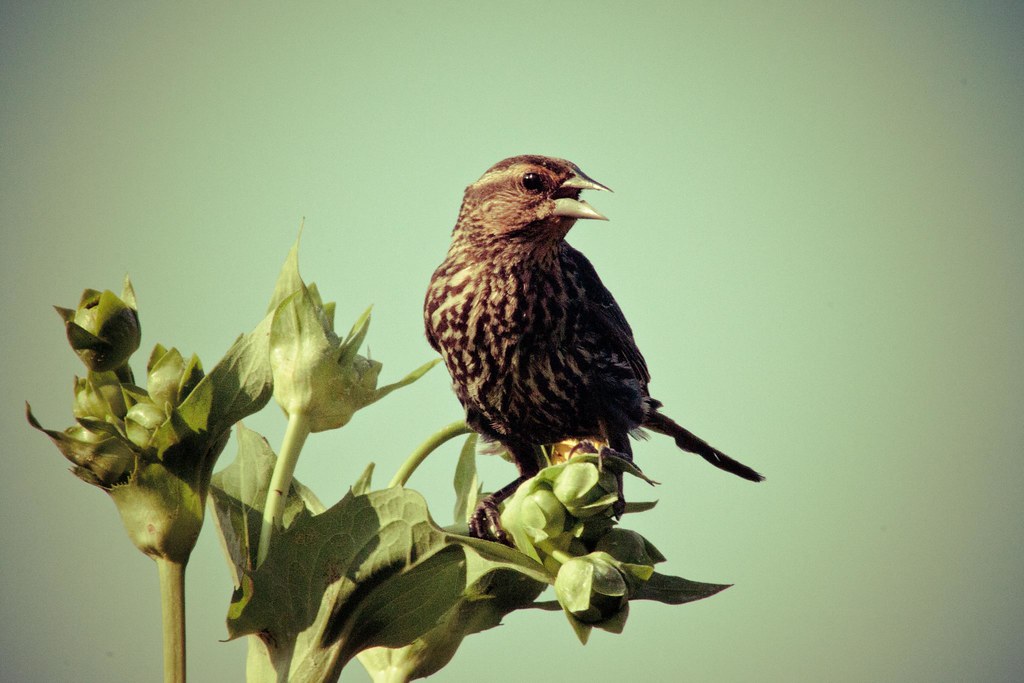
For migratory birds, departing at precisely the right time is critical to their survival and reproductive success. Leave too early, and birds may encounter harsh weather conditions or inadequate food supplies at their destination. Depart too late, and they might miss prime breeding periods or face depleted resources along migration routes. This delicate timing balance has led birds to evolve sophisticated mechanisms to detect environmental changes that signal optimal departure times. Research shows that miscalculations of just a few days can reduce breeding success rates by up to 30% in some species, highlighting how crucial accurate timing is for population sustainability. The stakes are particularly high for long-distance migrants like Arctic terns, which travel nearly 44,000 miles annually and must coordinate their movements with conditions across multiple continents.
Photoperiod: The Primary Migration Timer
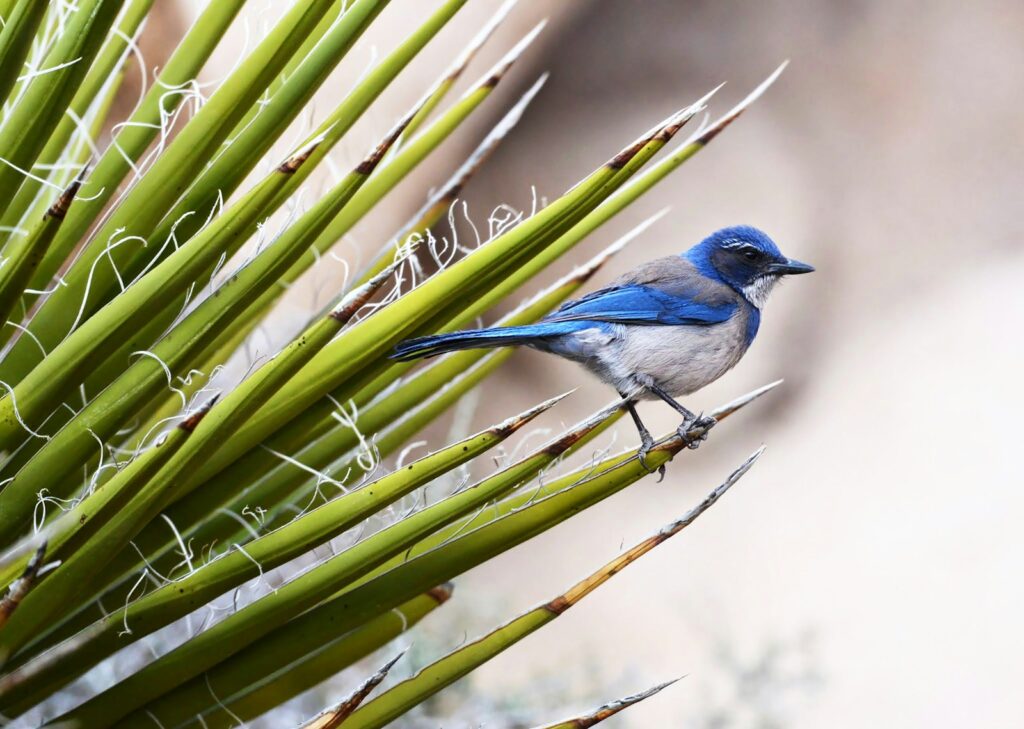
The changing length of daylight hours, known as photoperiod, serves as the fundamental timer for bird migration. As days grow longer in spring or shorter in fall, hormonal changes trigger migratory restlessness, or Zugunruhe, in birds—a behavioral state characterized by increased activity and orientation in the direction of their migration route. This internal clock is remarkably precise, with birds in laboratory settings displaying migratory behaviors at the same time each year, even without external environmental cues. Scientists have identified special photoreceptors in birds’ brains that detect subtle changes in light duration, triggering cascades of hormonal changes that prepare birds physiologically for their journeys. While photoperiod provides the broad seasonal timing, it cannot account for year-to-year variations in optimal departure dates, which is where plant cues become crucial.
Plant Phenology: Nature’s Secondary Clock
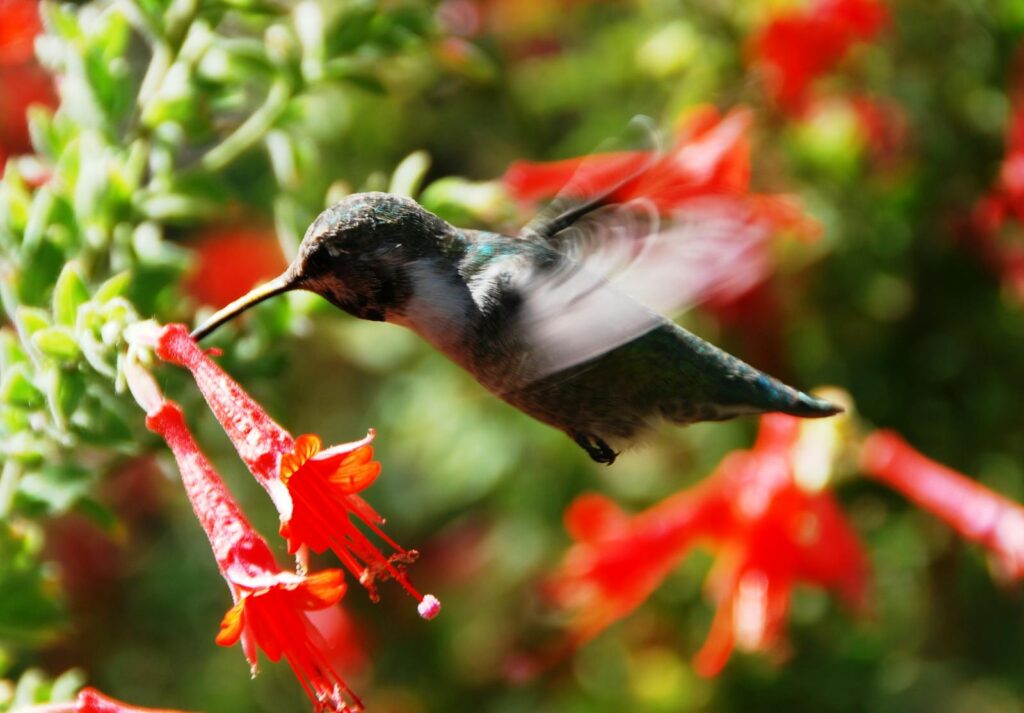
Plant phenology—the timing of key life cycle events like budding, flowering, and fruiting—offers birds a supplementary timing system that accounts for yearly climate variations. Unlike the rigid photoperiod, plant development responds directly to temperature, precipitation, and other environmental factors, providing birds with real-time information about ecological conditions. Studies show that many bird species track plant development closely, using the appearance of certain leaves, flowers, or fruits as indicators of food availability and habitat readiness. This relationship is particularly evident in nectar-feeding birds like hummingbirds, whose migration closely follows the flowering progression of their preferred plant species. For instance, rufous hummingbirds time their northward migration to coincide perfectly with the sequential blooming of larkspur, Indian paintbrush, and columbine along their route from Mexico to Alaska.
The Insect Connection: Plants as Indirect Indicators
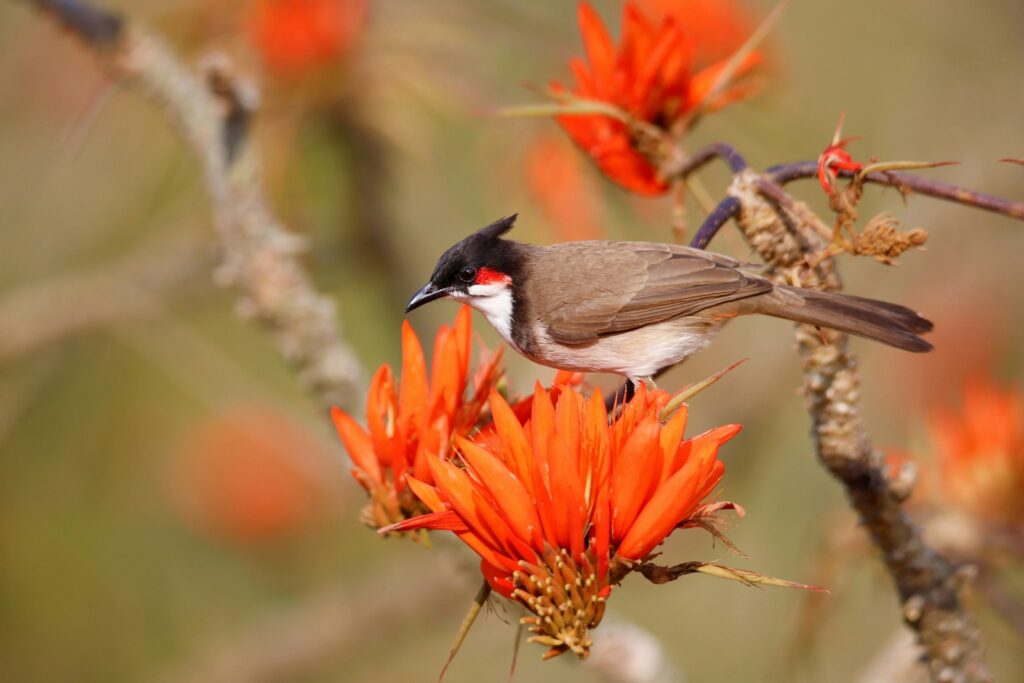
For insectivorous birds, plants serve as indirect migration timers by signaling insect availability. Many insects synchronize their life cycles with specific plant species, creating a predictable pattern that birds can exploit. When oak trees produce new leaves in spring, for example, they trigger an explosion of caterpillar populations, providing an essential food source for migrating warblers and their nestlings. Research in European woodlands has documented that great tits and pied flycatchers time their breeding to coincide with the peak caterpillar abundance on oak trees, which itself is timed to leaf emergence. This three-tiered synchronization demonstrates how plants form the foundation of complex ecological timing networks. Birds that successfully match their arrival with these insect pulses raise more offspring than those that miss the peak, creating strong evolutionary pressure to accurately read plant cues.
Berry Production and Fall Migration
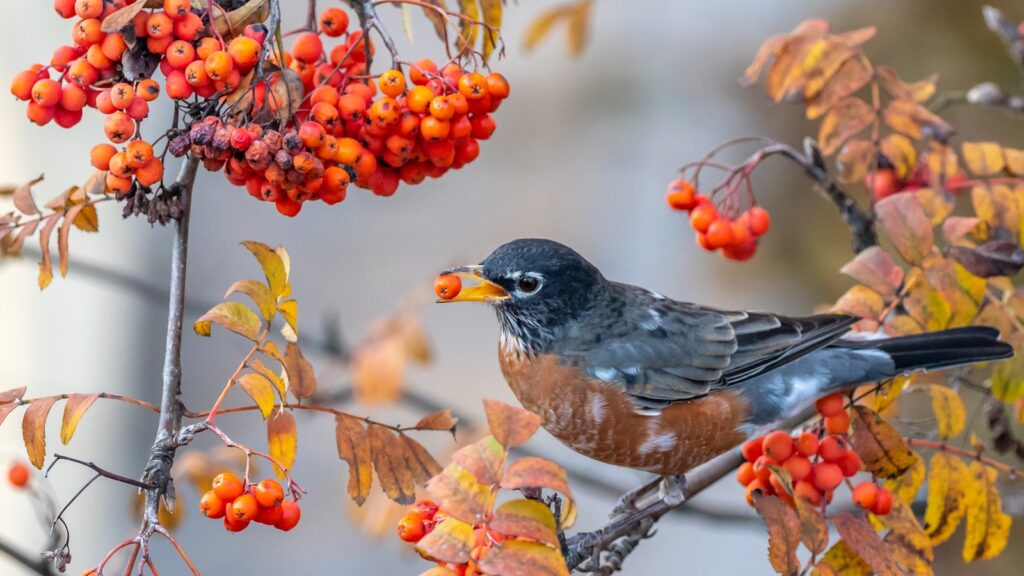
Autumn migrations are frequently timed to coincide with the ripening of berries and fruits, which provide essential high-energy food for the long journey south. Birds like thrushes, waxwings, and certain warbler species monitor the color changes and ripening patterns of dogwood, elderberry, and viburnum shrubs as indicators of when to begin staging for migration. These plants typically produce berries rich in fats and sugars precisely when birds need to rapidly build fat reserves for their journeys. Remarkably, experiments have shown that some bird species can visually distinguish subtle differences in fruit coloration that indicate optimal nutritional content. The relationship benefits both parties: birds receive timely nutrition while plants gain seed dispersal services, with some plant species evolving fruit characteristics specifically attractive to migratory birds.
Chemical Signals: The Hidden Communication
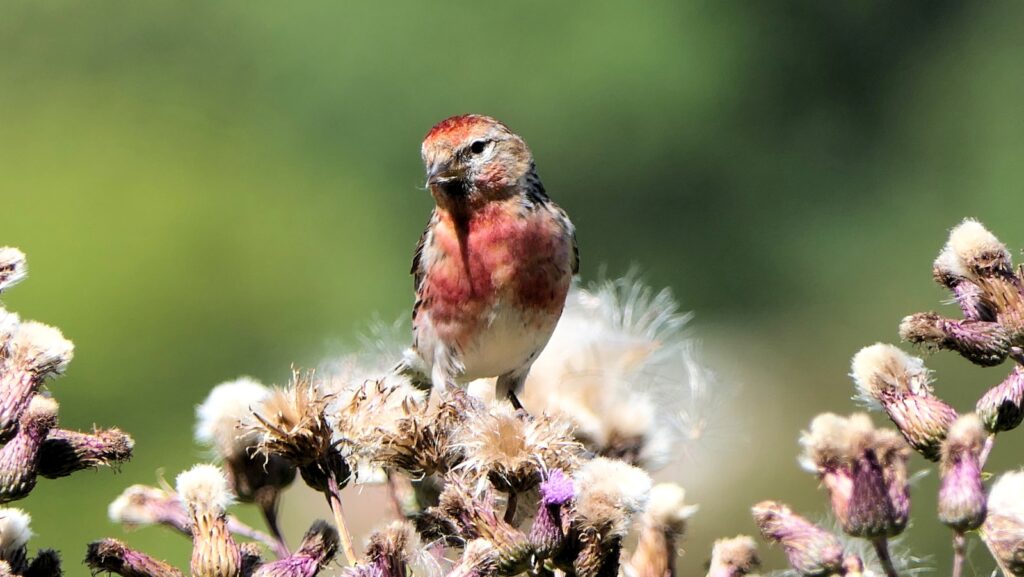
Beyond visual cues, emerging research suggests birds may detect chemical signals released by plants as they change with the seasons. Plants release various volatile organic compounds during different growth stages, creating chemical signatures that may provide birds with additional information about environmental conditions. Scientists have discovered that some bird species have far more developed olfactory capabilities than previously believed, allowing them to potentially detect these subtle plant emissions. When spring leaf growth accelerates, the increased production of isoprene and other biogenic volatile compounds creates distinctive scent profiles that correlate with insect emergence patterns. Some researchers hypothesize that these chemical signatures may help birds fine-tune their migration timing, particularly for species that travel at night when visual cues are limited.
Regional Adaptations: Different Plants, Different Birds
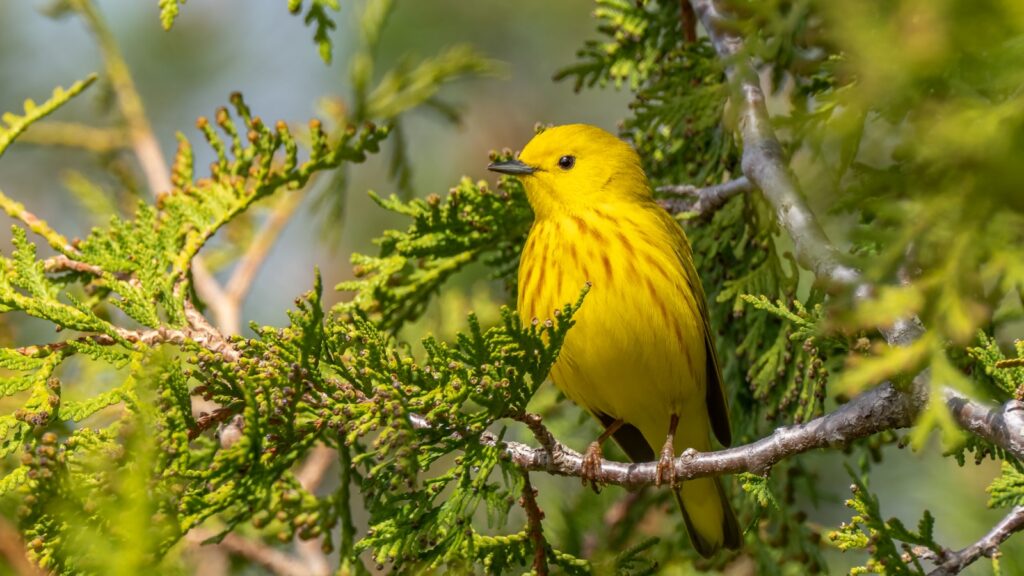
Migratory birds have evolved remarkable regional adaptations to track specific plant indicators relevant to their particular routes and habitats. In North America’s eastern deciduous forests, wood thrushes time their spring arrival to coincide with the leafing out of understory shrubs like spicebush and sassafras, which reliably predict subsequent insect availability. Meanwhile, in western riparian corridors, yellow warblers synchronize their movements with the flowering of cottonwood trees and the emergence of streamside willows. These specialized plant-bird relationships develop through natural selection, as birds that correctly interpret local plant cues achieve greater reproductive success. The specificity of these relationships underscores the vulnerability of migratory timing to disruption, as changes in either plant or bird populations can unravel these finely-tuned ecological connections.
Climate Change Disruption: When Plants and Birds Fall Out of Sync
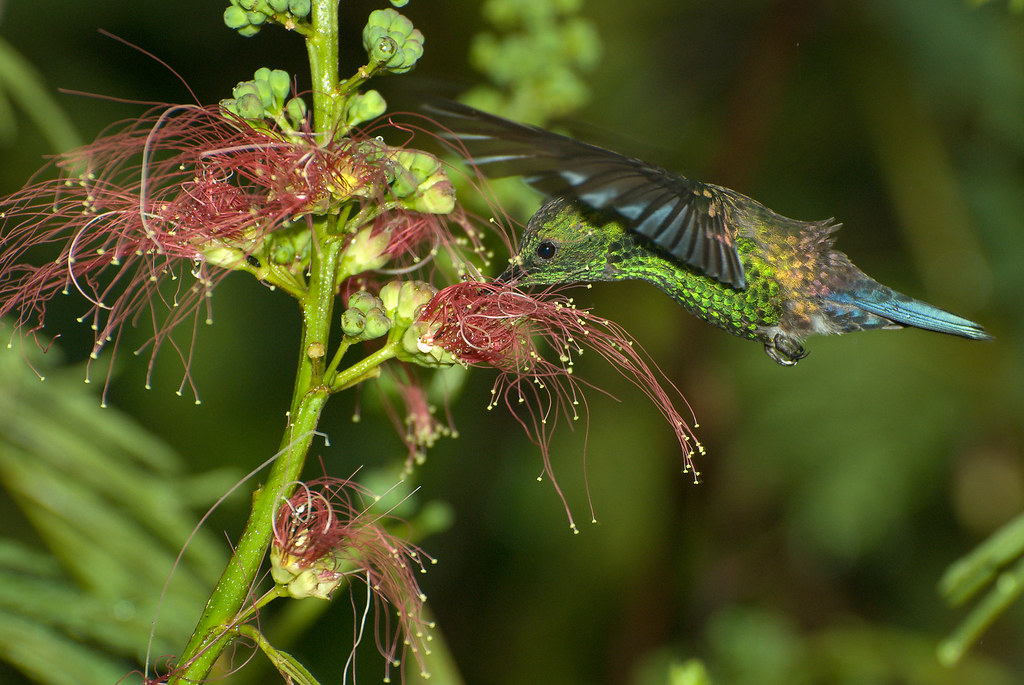
Climate change threatens to disrupt the delicate timing relationships between plants and migratory birds, as warming temperatures affect plant phenology more quickly than birds can adjust their migratory schedules. This growing mismatch, termed “phenological asynchrony,” occurs because plants typically respond directly to temperature cues, while birds balance temperature signals against their more rigid photoperiod-based internal clocks. Long-term studies in Europe have documented wood warblers arriving after their caterpillar food source has peaked, resulting in declining breeding success and population numbers. Even more concerning, some plant species are shifting their timing patterns more dramatically than others, scrambling the sequential cues birds have relied upon for millennia. These disruptions ripple throughout ecosystems, affecting not only birds but also plants that depend on them for pollination and seed dispersal.
Research Techniques: How Scientists Study Plant-Bird Timing

Scientists employ increasingly sophisticated techniques to unravel the connections between plant phenology and bird migration timing. Citizen science projects like eBird and Nature’s Notebook collect millions of observations annually, allowing researchers to correlate bird movements with plant developments across continental scales. Advanced tracking technologies, including miniaturized GPS transmitters weighing less than a gram, enable scientists to follow individual birds throughout their annual cycles and precisely document when they respond to specific environmental cues. In laboratory settings, researchers manipulate plant cues and measure birds’ physiological and behavioral responses, including hormone levels, fat deposition rates, and migratory restlessness. The newest research frontier involves integrating remote sensing data from satellites to track vegetation “green-up” waves and correlate them with bird migration patterns detected by weather radar systems.
Generalists vs. Specialists: Different Degrees of Plant Dependence
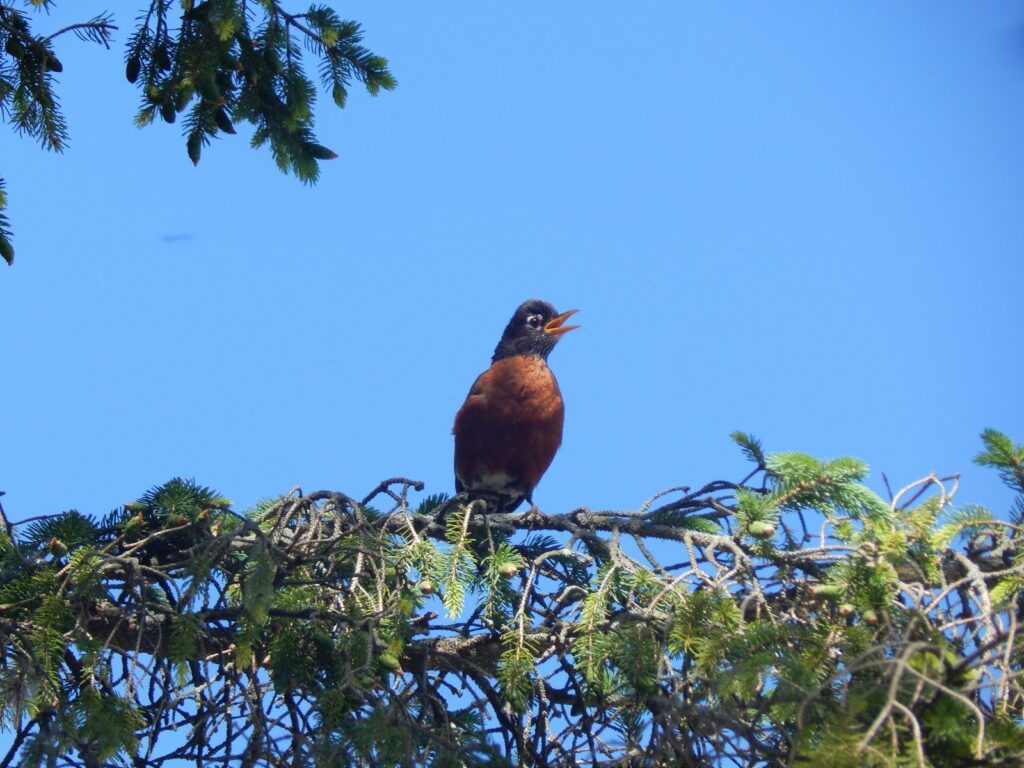
Migratory birds exhibit varying degrees of dependence on plant cues, with specialists and generalists employing notably different strategies. Specialist species like Kirtland’s warblers, which feed on specific insects found only on young jack pines, closely track the development of their host plants and adjust their migration accordingly. These specialists benefit from highly reliable food sources but face greater risks if plant timing shifts dramatically. Generalist species like American robins, which can consume a wide variety of foods, typically show more flexibility in their migration timing and may utilize multiple plant indicators. Research indicates that specialists are particularly vulnerable to climate change disruptions, with some studies showing arrival-time mismatches of up to two weeks in highly specialized migrants. Conservation efforts increasingly focus on preserving not just habitat area but also the critical timing relationships between plants and specialist bird species.
Genetic Components: The Evolution of Plant Tracking Ability
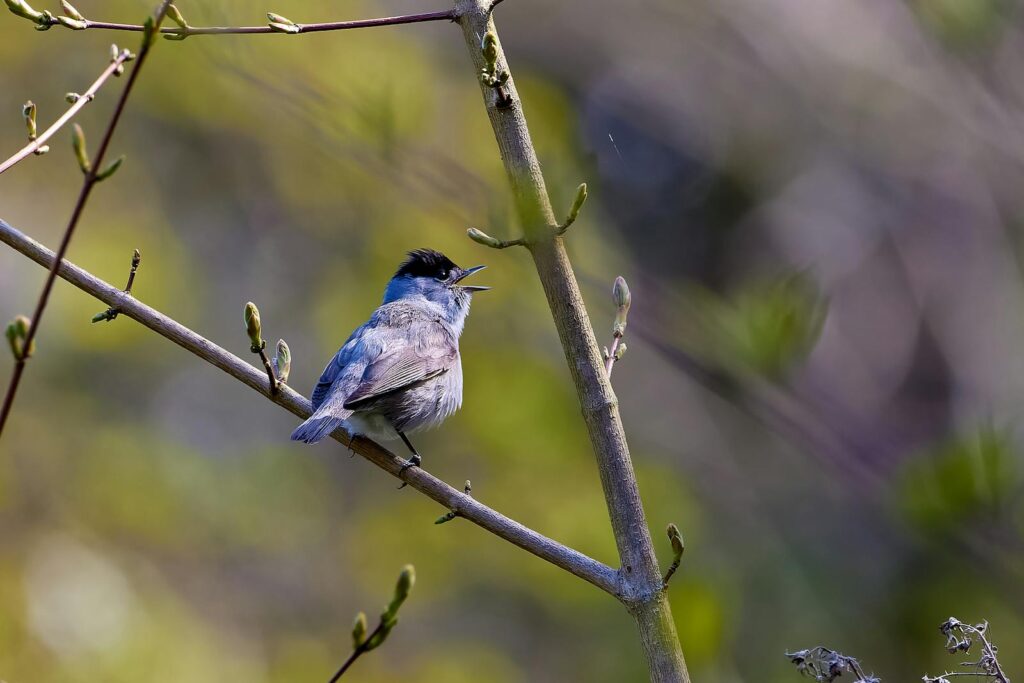
The ability of birds to track plant phenology has a significant genetic component that has evolved over thousands of generations. Studies of bird populations across different latitudes reveal genetic variations in how strongly birds respond to plant cues versus photoperiod signals. Birds breeding in northern latitudes, where spring conditions can be highly variable, typically show stronger genetic predispositions to adjust their timing based on plant development. Fascinating research with blackcap warblers demonstrates that populations can evolve new migration patterns and plant-tracking abilities within just a few decades when faced with changing conditions. Scientists have identified specific gene regions associated with migration timing, including those that influence hormone receptors responding to environmental cues. This genetic basis means that birds may eventually adapt to climate change-induced shifts in plant phenology, but the process may take many generations—time that many threatened species don’t have.
Conservation Implications: Protecting the Plant-Bird Connection
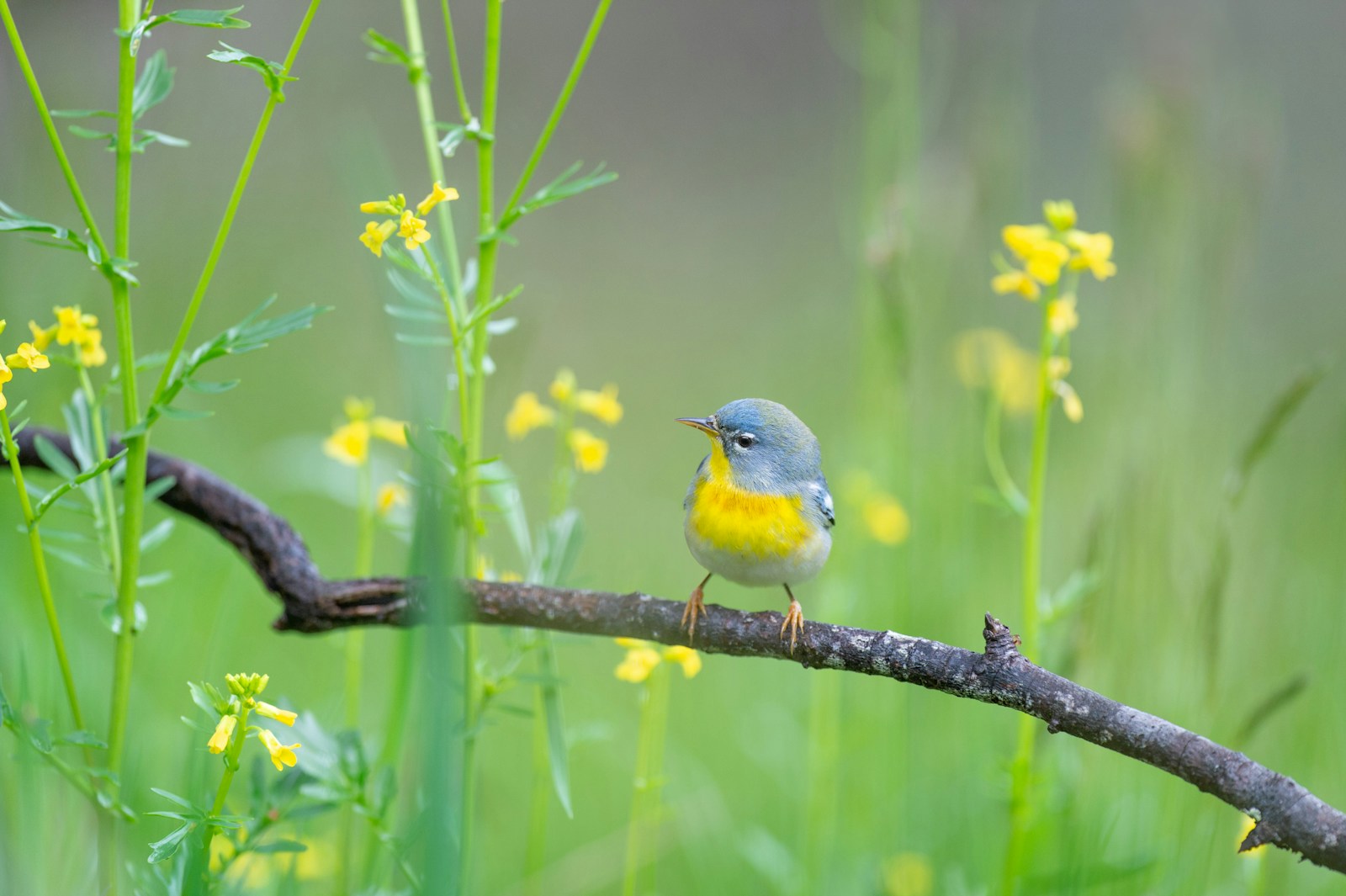
Understanding the intricate connections between plant phenology and bird migration has profound implications for conservation efforts. Traditional approaches focused solely on habitat preservation are insufficient if the timing relationships between plants and birds are disrupted. Conservation biologists now advocate for phenological preservation—protecting not just physical spaces but also the critical timing of ecological events within those spaces. Practical conservation measures include creating habitat corridors containing multiple plant species with staggered phenologies, giving birds alternative options if their primary plant cues shift. Some innovative projects are establishing “phenological refugia”—areas where plant-bird timing relationships are likely to remain stable despite climate change, typically in topographically diverse regions with microclimates. Conservation planning increasingly incorporates plant phenology monitoring alongside traditional wildlife surveys to assess ecosystem health comprehensively.
Cultural Connections: Indigenous Knowledge of Plant-Bird Relationships
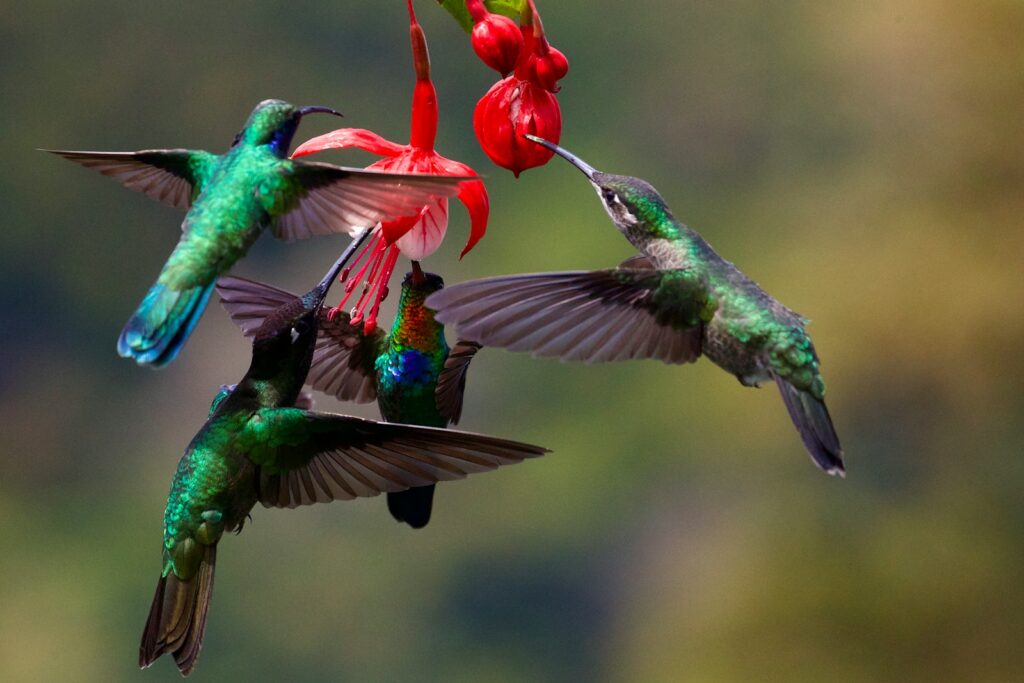
Indigenous cultures worldwide have long recognized and documented the connections between plant development and bird migrations, incorporating this knowledge into traditional ecological calendars. The Yakama Nation in the Pacific Northwest traditionally marks the arrival of spring by the blooming of bitterroot flowers, which coincides with the return of specific songbird species that feature prominently in their cultural narratives. In Australia, Aboriginal seasonal knowledge systems track the flowering of certain eucalyptus species as indicators of when particular bird migrations will occur. These traditional knowledge systems often contain centuries of detailed observations about plant-bird timing relationships, providing valuable historical baselines for scientists studying climate change impacts. Collaborative research partnerships between indigenous knowledge holders and western scientists are yielding new insights into how plant-bird phenological relationships have changed over time and how traditional management practices might help preserve these connections.
Future Research Directions: Unraveling More Connections
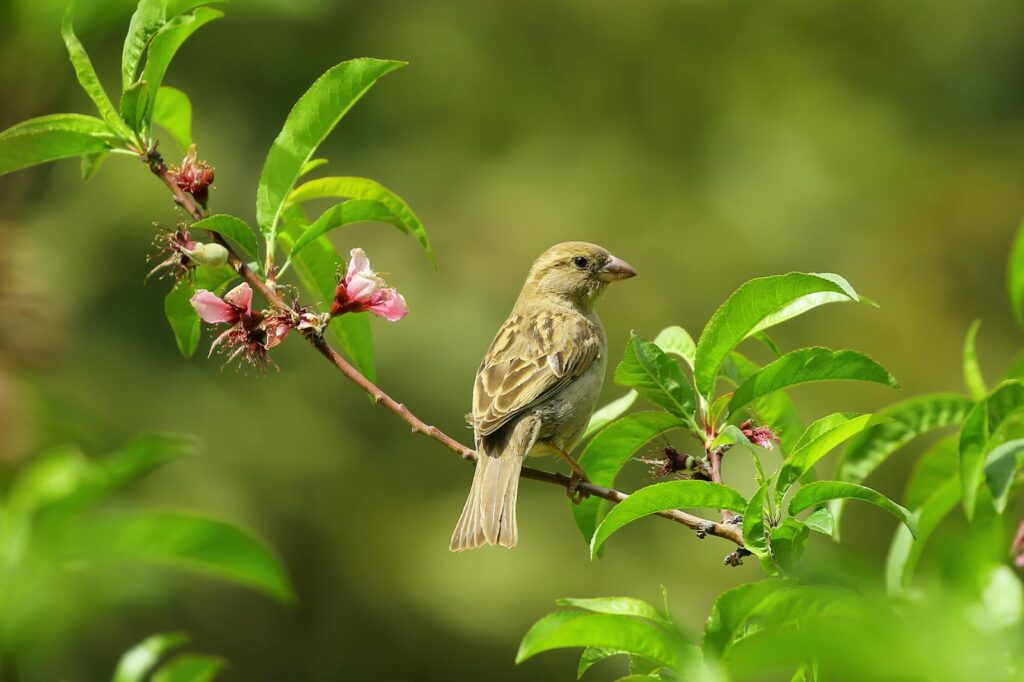
The study of how birds time their migrations using plant cues represents a rapidly evolving field with exciting future directions. Emerging research areas include investigating how gut microbiomes of migratory birds change in response to seasonal plant foods, potentially preparing their digestive systems for migration. Scientists are increasingly exploring the role of plant chemical signals in bird navigation, with preliminary evidence suggesting that some birds may use plant-derived olfactory maps alongside their magnetic sense. Advances in genomics are allowing researchers to identify the specific genes that enable birds to interpret plant phenology and adjust their physiological state accordingly. Perhaps most promising is the development of integrated continental-scale monitoring networks that simultaneously track plant phenology, insect emergence, and bird movements—providing unprecedented insights into the complex timing relationships that sustain migratory birds. As technology improves, our understanding of these remarkable ecological synchronicities will undoubtedly deepen, revealing even more layers to one of nature’s most sophisticated timing systems.
The relationship between plant phenology and bird migration timing illustrates one of nature’s most remarkable examples of ecological synchronization. As birds read the subtle signals of budding leaves, opening flowers, and ripening fruits, they participate in a communication system that evolved over millions of years. This intricate dance of timing has served both plants and birds well, but now faces unprecedented challenges from climate change and habitat disruption. By better understanding how birds interpret plant cues to time their journeys, scientists can develop more effective conservation strategies that preserve not just species, but the critical timing relationships that sustain them. The future of many migratory birds may well depend on our ability to protect these ancient connections—the living calendars that have guided avian travelers across continents since time immemorial.
